Ehi, you’re a photographer, why Panasonic Lumix LX100? I’ll explain here below, but keep in mind that this is just my point of view on the matter! Everything started a couple of years ago when I decided to find a camera smaller and lighter than my Nikons full-frame (read this, if you want to know something more about my Nikon wedding and portrait equipement) with which usually I work, to bring with me everywhere. Expecially, I wanted to find something with no exchangeable lens system and fast AF to pick quality family photos wherever I am.After some tests with fuji APSC system (X100S with wich, to be honest, I never find a nice feeling) I started searching for a camera with a bit of zoom…but damnit, it seems on the market is totally missing the right camera for me: good zoom range with great aperture and a big-enough sensor. The market was divided in two sides: on the first side the small sensor cameras with good zoom capabilities and large aperture (like Fuji X30 or Sony RX100); on the other cameras with good sensor equipped with a prime lens (usually a 35 equivalent focal length like Fuji X100s and X100t, sony RX1). Until this autumn, when Panasonic decided to present the Lumix DMC LX100, a quite revolutionary small-but-great camera.
For the ones who will be annoyed reading a boring review, read just here below:
The Panasonic Lumix Lx100 capabilities can be resumed in two specifications : 4/3″ sensor and an equivalent focal length of 24-75 F1,7/2,8. These two combined together at the moment make this camera really unique on the market. Great, isn’t it? It means a very small compromise both in terms of ISO performances and shallow depth of fields. Oh, I forget: the lens is Leica.
For all the others: you can continue reading.
There are some other interesting aspects of this camera to be considered. But before to talk about them, I want to give you a general overview; this camera is really well builded, it seems solid, and fit well in my hands (I have really big hands!). When you hold it on your right one the front grip and the rear thumb rest, both coated with a very tactile rubber, give you a great confidence and comfort. All the dials are easy to use and their positions are perfect. The aperture ring on lens barrel has two small handles on opposite sides and turns with the perfect degree of resistance giving you a very satisfying experience when using. Like some other “vintage camera” you can’t find the PASM mode dial, but you’ve to select your preferred mode with the shutter speed dial, and aperture ring. I like this, switching from Manual to Aperture priority (the two modes I cmostly use) is quick and easy. The sensor is a Micro Four Third equipped with 16mpx; but LX100 isn’t actually using the entire sensor, instead cropping it to allow for multi-aspect shooting. So, the effective area your using depend by the aspect ratio you chose for your photos: 4/3 corresponds to 12,7mpx, 3/2 to 12,2 mpx 16/9 to 11,3mpx and 1/1 to 9,7 mpx. I think around 12mpx is the perfect choice for an all-purpose camera like this.
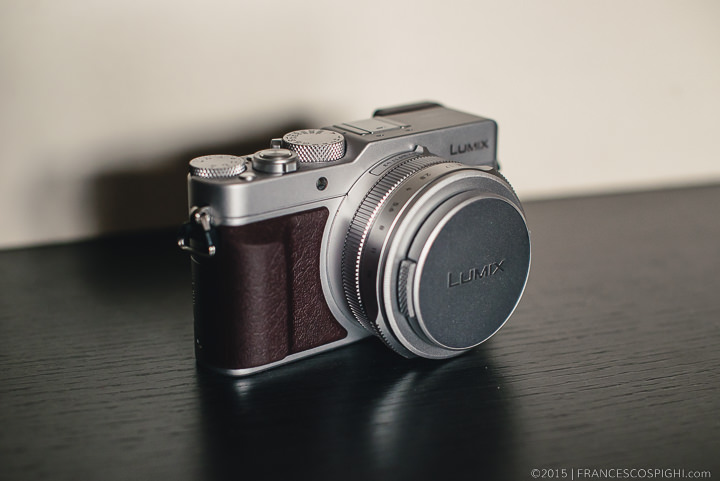
Panasonic Lumix Lx100

Panasonic Lumix LX100 with lens barrel at full extension

When Panasonic Lumix LX100 is switched on the lens barrel is out
Now that you know something more about how it is made, we can go through the aspects that made me choose this camera. First of all the dimensions are really small considering the relative big sensor and the large lens aperture mounted on this camera. You can fit it also in the rear pocket of your jeans if it is really needed (but not very comfortable!). To be honest, The LX100 may not be really pocketable, but it’s small enough that I’ve been able to take it always with me. To make a comparison: the Fuji X30, that has a sensor 4 time smaller in term of area (the same ratio you can find going from M43 to FF, but look the difference here below compared with D810 dimension!) and a 28-112 f2/2.8 eq. focal lengt, weights 423g and measures 119x72x60mm. The new Panasonic Lumix LX100 weights just 393g and is 115x66x55mm. Let me say: the work the Panasonic engineers did on this camera is impressive!

Panasonic Lumix LX100 compared with Sony Xperia Z

Panasonic Lumix LX100 compared with Nikon D810
The other great skill of this professional toy is the autofocus system: it is A.M.A.Z.I.N.G. The 100% contrast detect autofocus system is incredibly fast and accurate, and choosing from a combination of various option (face/eye detection, Tracking, 49 areas, AFC, hybrid….) you can surely find the one will suite well for you. It uses a system called ‘Depth by Defocus’; this uses a profile of the lens’ rendering of out-of-focus regions to assess subject distance. And it’s hard to say but sometimes It can be faster then my Nikon D810.
Another function I love: the electronic shutter option for silent shooting. And believe me, it’s really silent and you’ve to press play to be sure you have got your photo! The electronic shutter will permit you also to shoot at 1/16000, very useful in case you are shooting a 24mm/f1,7 considering the ISO range starts from 200 iso. And it can compensate the missing of the ND filter you can find, in example, on the fuji X100S and X100T or Sony RX100.
I always shoot in RAW mode and I edit all my files; so what I immediately checked has been the dynamic range. It seems good, the files are well workable and you can work with the idea to save light and recover shadows later in post without any problem. Also the Iso performance are great: you can shoot easily until 6400 iso, pushing the camera until 12800 if it will really necessary, being confident to bring at home not-perfect-but-usable images.
The cons now. I’ve find mainly two. First one is that when you switch on the camera the lens barrel extends. So your subject can see that the camera is switched on. It didn’t happen with X100s, for example. The second one is that the zoom function is not manual but electronic. To activate it, there’s a zoom collar around the big shutter release. The problem is that it’s too slow if you’re in the action and want to change focal length quickly. You can also set the focusing ring to zoom in/out, but the speed don’t change.
There are a lot of other functionn on this camera of which we can talk about: good display, 11 fps continuous shooting, 4K video recording capability, In-camera Raw conversion, Wi-Fi with NFC…but I’m focused on the photos. Of course it’s nice to have all of these functionalities, but what about the photos I can make? I wrote this review as soon as I found something meaningful to show you! I had the possibility to make a real field test, taking with me the Panasonic LX100 for a short trip in China I did the past week. I was not there to making photograph, so I just had the camera with me, and I used it as often as I could. Here below some of my favourites from my short China Reportage; keep in mind that more of them are “point and shot” without looking at viewfinder or display, simply holding the camera in my hand.
- Panasonic Lumix DMC LX100 Test China Reportage 1001
- Panasonic Lumix DMC LX100 Test China Reportage 1002
- Panasonic Lumix DMC LX100 Test China Reportage 1003
- Panasonic Lumix DMC LX100 Test China Reportage 1004
- Panasonic Lumix DMC LX100 Test China Reportage 1005
- Panasonic Lumix DMC LX100 Test China Reportage 1006
- Panasonic Lumix DMC LX100 Test China Reportage 1007
- Panasonic Lumix DMC LX100 Test China Reportage 1008
- Panasonic Lumix DMC LX100 Test China Reportage 1009
- Panasonic Lumix DMC LX100 Test China Reportage 1010
- Panasonic Lumix DMC LX100 Test China Reportage 1011
- Panasonic Lumix DMC LX100 Test China Reportage 1012
- Panasonic Lumix DMC LX100 Test China Reportage 1013
- Panasonic Lumix DMC LX100 Test China Reportage 1014
- Panasonic Lumix DMC LX100 Test China Reportage 1015
- Panasonic Lumix DMC LX100 Test China Reportage 1016
- Panasonic Lumix DMC LX100 Test China Reportage 1017
- Panasonic Lumix DMC LX100 Test China Reportage 1018
- Panasonic Lumix DMC LX100 Test China Reportage 1019
- Panasonic Lumix DMC LX100 Test China Reportage 1020
- Panasonic Lumix DMC LX100 Test China Reportage 1021
- Panasonic Lumix DMC LX100 Test China Reportage 1022
- Panasonic Lumix DMC LX100 Test China Reportage 1023
- Panasonic Lumix DMC LX100 Test China Reportage 1024
- Panasonic Lumix DMC LX100 Test China Reportage 1025
- Panasonic Lumix DMC LX100 Test China Reportage 1026
- Panasonic Lumix DMC LX100 Test China Reportage 1027
- Panasonic Lumix DMC LX100 Test China Reportage 1028
- Panasonic Lumix DMC LX100 Test China Reportage 1029
- Panasonic Lumix DMC LX100 Test China Reportage 1030
- Panasonic Lumix DMC LX100 Test China Reportage 1031
- Panasonic Lumix DMC LX100 Test China Reportage 1032
- Panasonic Lumix DMC LX100 Test China Reportage 1033
- Panasonic Lumix DMC LX100 Test China Reportage 1034
- Panasonic Lumix DMC LX100 Test China Reportage 1035
- Panasonic Lumix DMC LX100 Test China Reportage 1036
- Panasonic Lumix DMC LX100 Test China Reportage 1037
- Panasonic Lumix DMC LX100 Test China Reportage 1038
- Panasonic Lumix DMC LX100 Test China Reportage 1039
- Panasonic Lumix DMC LX100 Test China Reportage 1040
- Panasonic Lumix DMC LX100 Test China Reportage 1041
- Panasonic Lumix DMC LX100 Test China Reportage 1042
- Panasonic Lumix DMC LX100 Test China Reportage 1043
- Panasonic Lumix DMC LX100 Test China Reportage 1044
- Panasonic Lumix DMC LX100 Test China Reportage 1045
- Panasonic Lumix DMC LX100 Test China Reportage 1046
- Panasonic Lumix DMC LX100 Test China Reportage 1047
- Panasonic Lumix DMC LX100 Test China Reportage 1048
- Panasonic Lumix DMC LX100 Test China Reportage 1049
- Panasonic Lumix DMC LX100 Test China Reportage 1050
- Panasonic Lumix DMC LX100 Test China Reportage 1051
- Panasonic Lumix DMC LX100 Test China Reportage 1052
- Panasonic Lumix DMC LX100 Test China Reportage 1053
- Panasonic Lumix DMC LX100 Test China Reportage 1054
- Panasonic Lumix DMC LX100 Test China Reportage 1055
- Panasonic Lumix DMC LX100 Test China Reportage 1056
- Panasonic Lumix DMC LX100 Test China Reportage 1057
- Panasonic Lumix DMC LX100 Test China Reportage 1058
- Panasonic Lumix DMC LX100 Test China Reportage 1059
- Panasonic Lumix DMC LX100 Test China Reportage 1060
- Panasonic Lumix DMC LX100 Test China Reportage 1061
- Panasonic Lumix DMC LX100 Test China Reportage 1062
- Panasonic Lumix DMC LX100 Test China Reportage 1063
- Panasonic Lumix DMC LX100 Test China Reportage 1064
- Panasonic Lumix DMC LX100 Test China Reportage 1065
- Panasonic Lumix DMC LX100 Test China Reportage 1066
- Panasonic Lumix DMC LX100 Test China Reportage 1067
- Panasonic Lumix DMC LX100 Test China Reportage 1068
- Panasonic Lumix DMC LX100 Test China Reportage 1069
- Panasonic Lumix DMC LX100 Test China Reportage 1070
- Panasonic Lumix DMC LX100 Test China Reportage 1071
- Panasonic Lumix DMC LX100 Test China Reportage 1072
- Panasonic Lumix DMC LX100 Test China Reportage 1073
- Panasonic Lumix DMC LX100 Test China Reportage 1074
- Panasonic Lumix DMC LX100 Test China Reportage 1075
- Panasonic Lumix DMC LX100 Test China Reportage 1076
- Panasonic Lumix DMC LX100 Test China Reportage 1077
- Panasonic Lumix DMC LX100 Test China Reportage 1078
- Panasonic Lumix DMC LX100 Test China Reportage 1079
- Panasonic Lumix DMC LX100 Test China Reportage 1080
- Panasonic Lumix DMC LX100 Test China Reportage 1081
- Panasonic Lumix DMC LX100 Test China Reportage 1082
- Panasonic Lumix DMC LX100 Test China Reportage 1083
- Panasonic Lumix DMC LX100 Test China Reportage 1084
- Panasonic Lumix DMC LX100 Test China Reportage 1085
- Panasonic Lumix DMC LX100 Test China Reportage 1086
- Panasonic Lumix DMC LX100 Test China Reportage 1087
- Panasonic Lumix DMC LX100 Test China Reportage 1088
- Panasonic Lumix DMC LX100 Test China Reportage 1089
- Panasonic Lumix DMC LX100 Test China Reportage 1090
- Panasonic Lumix DMC LX100 Test China Reportage 1091
- Panasonic Lumix DMC LX100 Test China Reportage 1092
- Panasonic Lumix DMC LX100 Test China Reportage 1093
- Panasonic Lumix DMC LX100 Test China Reportage 1094
- Panasonic Lumix DMC LX100 Test China Reportage 1095
- Panasonic Lumix DMC LX100 Test China Reportage 1096
- Panasonic Lumix DMC LX100 Test China Reportage 1097
- Panasonic Lumix DMC LX100 Test China Reportage 1098
- Panasonic Lumix DMC LX100 Test China Reportage 1099
- Panasonic Lumix DMC LX100 Test China Reportage 1100
- Panasonic Lumix DMC LX100 Test China Reportage 1101
Are you curious about seeing some more photos token by me with this camera? Enjoy my post about Street Photography in New York City! In conclusion I’m really satisfied about the results I got and most important I really enjoied using this camera. If you’ve some comments or questions please feel free to write them below this post, and I’ll be there to answer! Fore more details you can find all the Panasonic LX100 Specifiacations on the Panasonic official site. More images, opinions and tests could be found here and here, in these two very detailed reviews.

















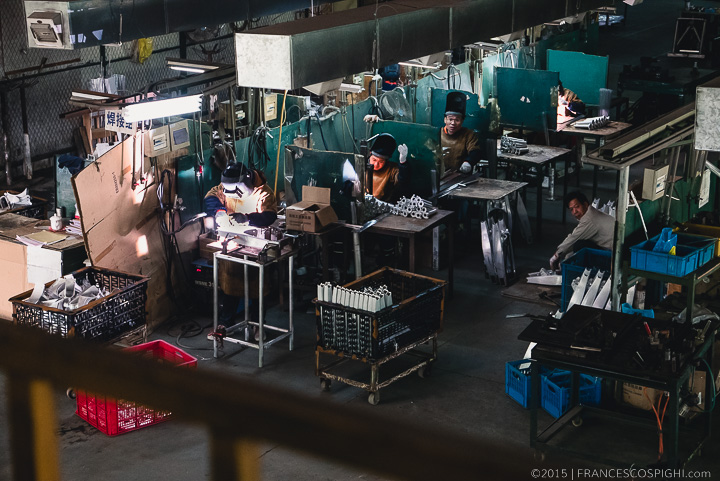








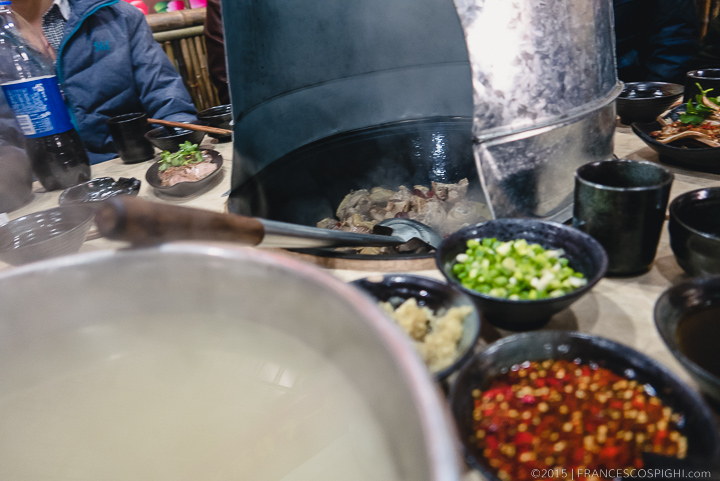









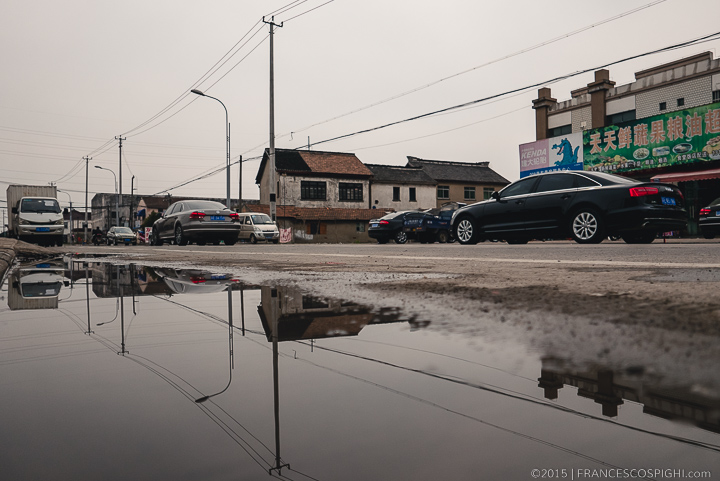





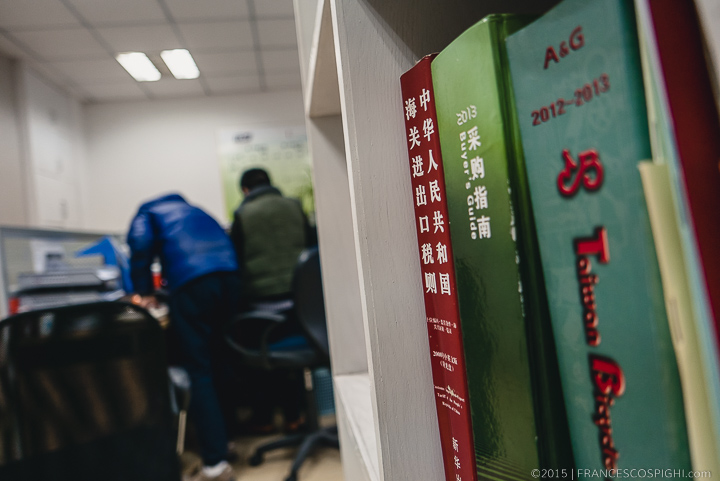















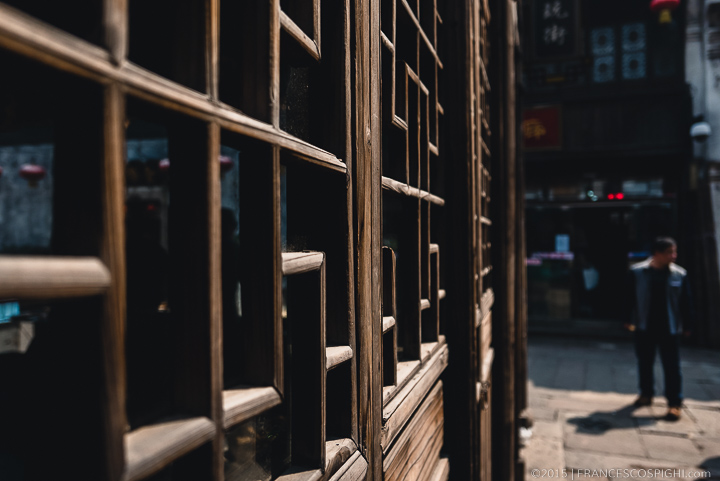

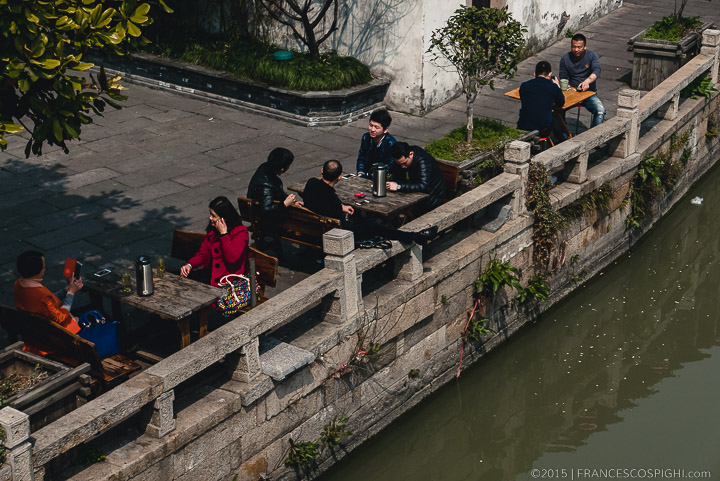






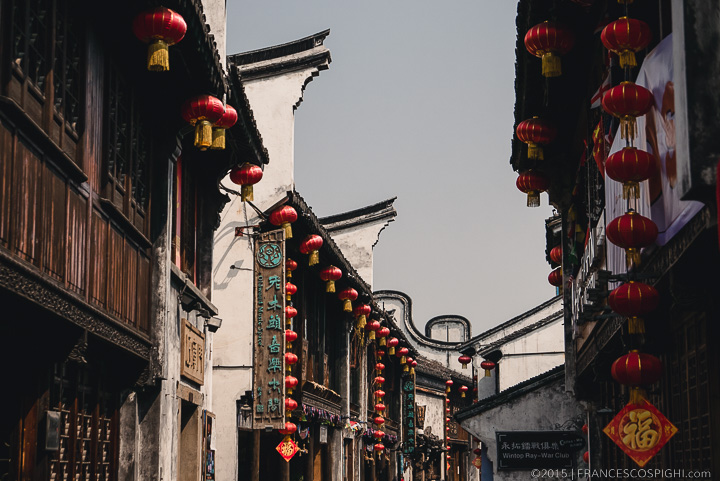


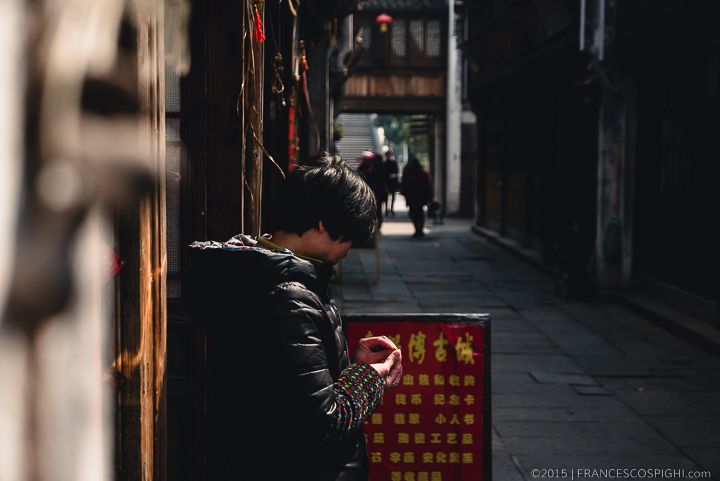





















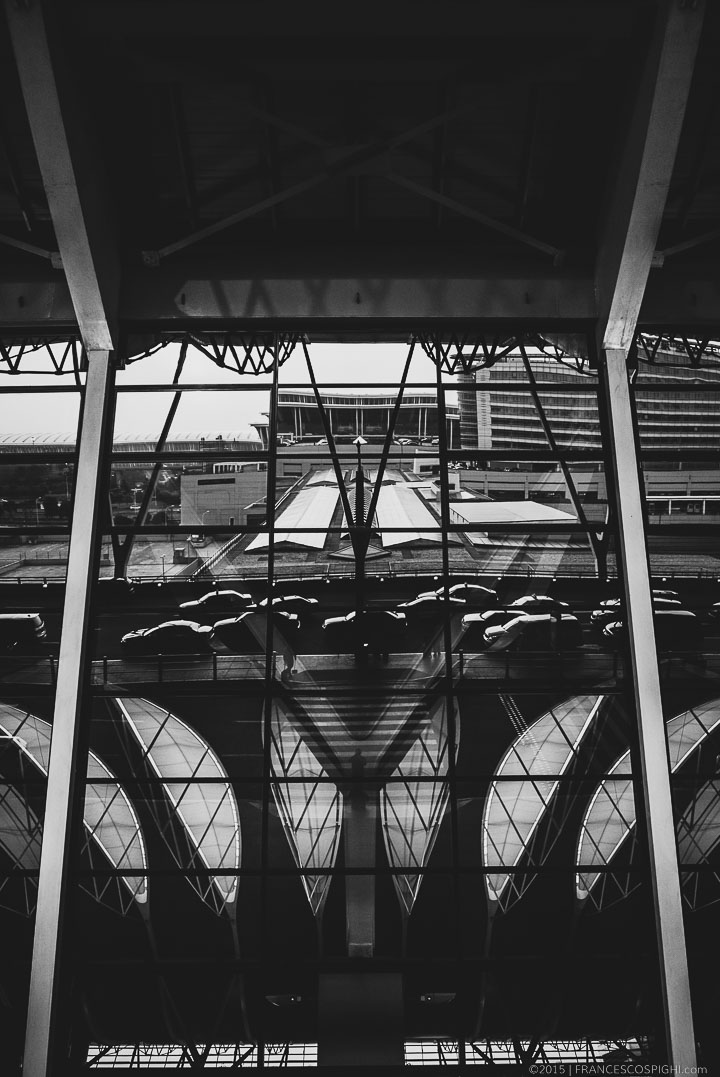

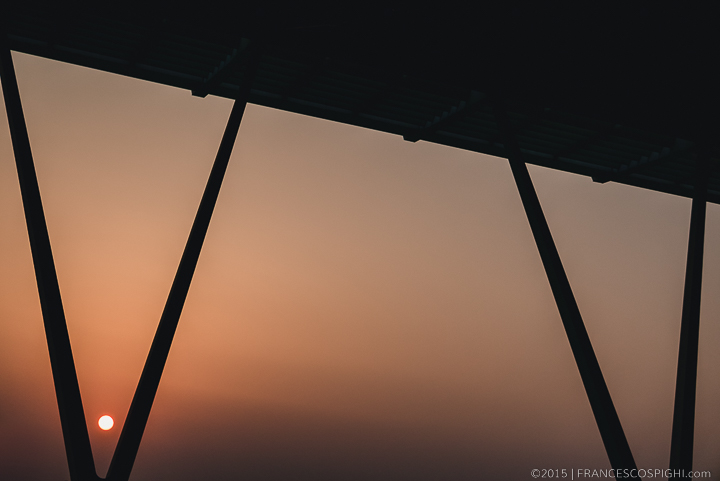









Spettacolo!
🙂
Qjuindi tutte le foto esempio sono modificate?
Molte sono davvero splendide!! mi domandavo se fossero raggiungibili solo scattando con le impostazioni giuste o se serve invece una maestria nella post produzione che io non sento di avere.. Solo per curiosità.
Grazie mille,
Caterina
Ciao Caterina, intanto grazie per i complimenti. la postproduzione aiuta a cocomunicare un messaggio, e deve essere secondo me personale dell’autore e parte del suo lunguaggio. È un’opportunità nuova che da il digitale e che mi piace sfruttare. Ma di fatto una foto è fatta di due cose: un evento che vuoi raccontare e il punto di vista dal quale decidi di farlo. E quello con la post non puoi modificarlo! 😉
Actually the first time I see someone taking fabulous pictures with this camera. Not the problem of the camera, but one can see that most reviewers are just tech geeks and no photographers to be taken seriously.
That’s why it is nice to see that someone is actually working with this camera. Love that you use open f stops so often! I assume you used RAW for most pictures, What RAW converter does the best job? Is the on board RAW converter of any use?
Thanks
Great review, great pictures!
Thanks a lot man! I shot always in raw and everything is edited with lightroom 5.6. Don’t know if there is a better converter, I really don’t mind about it because I use lightroom forvall my works and I am super fast using it!
Hi Francesco!
thanks for the infos… I use Capture One for my pro work, but only version 8 supports the LX100 raw files.
I used for testing the Adobe DNG converter, but I am not convinced at all. Will try Lightroom once I have the LX100 🙂
Im so glad I found this review. I am pretty confident in my purchase but its really nice to see this camera put to use by a photographer in the field. Now im really excited about the arrival.
Like Nicolas said: great pictures from a real photographer. This is the review I was looking/waiting for. Thanks for sharing!
It’a a small great camera. I’ll never give up to my two D810 when I’ve to work, but I’f I’ve just to enjoy, you know.. 😉
Thanks for your comment mate!
Hello Francesco,
Congratulations for your pictures and review!…I really like them!!!
I have the intention to buy the camera Lumix L100 because of the image quality and flexibility, and I would like to know if the camara is good enough to make big prints (100x140cm for exemple). Could you please advice me?
Thank you by advance.
Cheers!
Eric Page
Hi Eric, thanks for your comment. I did not tried yt to make great print from these files, anyway I’ve a 100×150 cm print in my house from a 8mpx file so I’m a bit sure you can do it! 😉
Cheers, Fra
Thank you very much!!!
Great review. I`m also glad to see real use of the camera. Did you use the in-cmaera raw converter? How do you find the raw files – are they the real rws without panasonic interference in them?
I wonder if you noticed any flaws with the files – I mean people sometimes complain about pixels flocking, if i`m correct. Is it possible you send me a few raw files to evaluate myself? Shall I leave my email in the comments? Thank you.
AC
Hi Man, usually to be honest I try to don’t lose myself in forum-like chats! 🙂
The camera works great for me, it’s something I want with me when I’ve not the reflex and usually it exceeds my expectations. I think you can find some raw files on the net, now I’m out working and I’ve not the files herewith! And most important of all I don’t know anything about “pixels flocking”. 😀 😀
Great real world images from a talented shooter. I have the Lumix FZ1000 but will probably get the LX100 for travel and street shooting. I also was wondering about prints, but you said you were able to enlarge an 8mp image to 150 cm! That’s impressive! Obviously, the small form factor and speed allowed for some great moments. I’ll have to check your website out as I’m a 30 year Nikon user too. I’m just getting tired of lugging around so much gear. I’d love to share a gallery of recent work from a trip to Cuba all taken with the FZ1000. Let me know if you’re interested! Thanks! Glenn
Hi love your review and new york pics as well. I will be in florence for 4 days at xmass and just interested in any locations you recomend for some different views of your great city. Always good to ask a native son for unknowen places etc to shoot rather than just the typical pics of florence.
Thanks for the great website.
Hei Kieran, it basically depends from what you’re searching for. BTW, I suggest you to follow this blog: http://girlinflorence.com/, where you could find all the infos you may need!
Fra
Hey man. I have this camera and I’m thinking of taking it on holiday for snaps. I am drooling over the Fuji system though and wonder if I’m better staying put. Do you have experience with the X100F? 😀 http://www.paulliddement.com
HI, I don’t know that camera, but I bought this small beast as I was not that happy with the X100s I was using before.
Ciao Francesco ! Auguri por le magnifico Fotos! Excuse my italian, as Francese, it shoulb be better 🙁 – Congrats, really, I’ve enjoyed your pics since I never been in China (I wish going there on day!) . And: if all pics are made with the Lumix LX100, then I have made the right choice buying one!!! I’v posted some words about on my Facebook page recently. I copy/paste it there:
<>
So. Ciao Francesco and mille grazie for your review!
Oups! the copy/paste of my text doesn’t work, probably too long… You can read it at my facebook page Dom’ Art’ Photography .. it’s a nice littl’ story !!! Ciao
Great photos… Hoping to do justice to my lx100
Amazing review! I currently have a d3200, definitely going to switch up for this bad boy :p Thank you xx
Thanks, Chase, I’m sure you’ll be happy with that small beast!
Hi from France!
And then came the LX100 MK II…
Are you considering an upgrade?
Thanks for your comments.
Hi Frederick, I’d love to give it a try, but I just bought a SOny A7III that I like a lot! 🙂